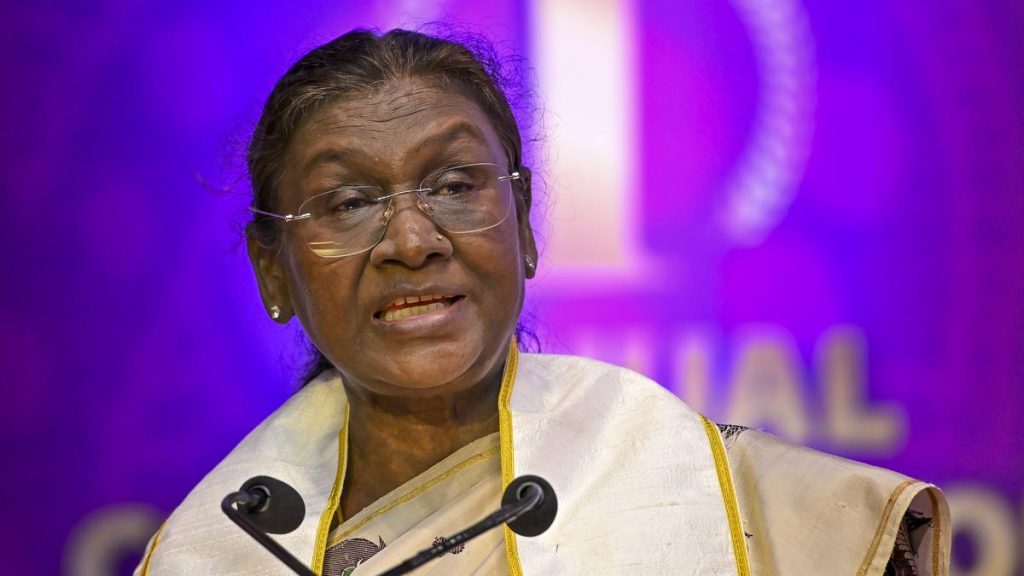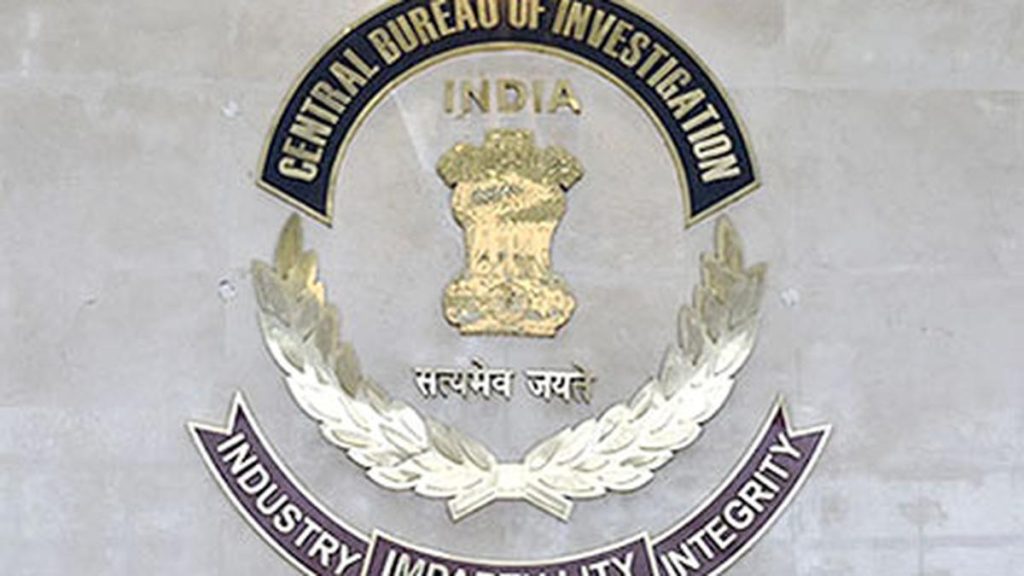Now Reading: Kerala Urged to Launch Creative Economy Policy for Growth
-
01
Kerala Urged to Launch Creative Economy Policy for Growth
Kerala Urged to Launch Creative Economy Policy for Growth

Quick Summary
- Kerala aims to transition toward a knowledge-based economy by harnessing the potential of its creative and cultural sector, which has largely remained informal.
- Current challenges include limited land availability, high population density, high labor costs, and declining preference among local youth for blue-collar jobs – leading to reliance on migrant workers.
- Female labour force participation in Kerala is only 25.5%, below India’s 37% national average, despite having the highest female literacy rate.
- Malayalam cinema and events such as the Kochi-Muziris Biennale highlight the state’s cultural impact but lack measurable economic leverage.
- Kerala’s customary art forms (e.g., Kathakali, Theyyam) are globally recognized while institutions like Kerala Kalamandalam preserve and promote cultural heritage internationally.
- Existing progressive initiatives include a Design Policy and AVGC-XR (Animation/Visual Effects/Gaming/Comics/Extended Reality) policy; however, experts call for a unified Creative Economy Policy addressing entrepreneurship support, skills progress, inclusion for women/youth/artisans, infrastructure creation for festivals/workspaces.
- Global examples such as the UK’s Creative Industries Council offer templates for strategic coordination of creative sectors at policy levels.
Indian Opinion Analysis
Kerala’s efforts to formalize its cultural wealth into an economic engine reflect broader shifts toward lasting growth models within resource-constrained contexts. The emphasis on converting “cultural capital into creative capital” mirrors aspirations seen in prosperous global hubs that integrated arts with commerce effectively. However, bridging gaps like low female workforce participation highlights socio-economic barriers requiring targeted intervention beyond generic policies.
A unified ‘Creative Economy Policy’ could institutionalize fragmented initiatives under centralized oversight-boosting exports alongside community-level gains in employment. Nonetheless, measurable metrics will be essential to evaluate whether investments directly uplift underserved demographics like women or artisans tangibly improve outcomes long-term across all sub-sectors. Such coordinated action may ultimately redefine kerala’s development narrative as less reliant solely on traditional industrialization or migration trends.
























